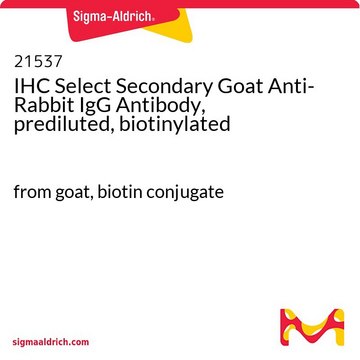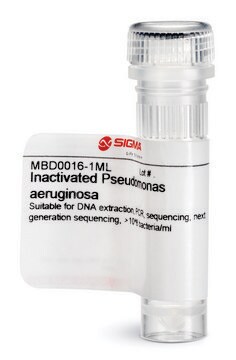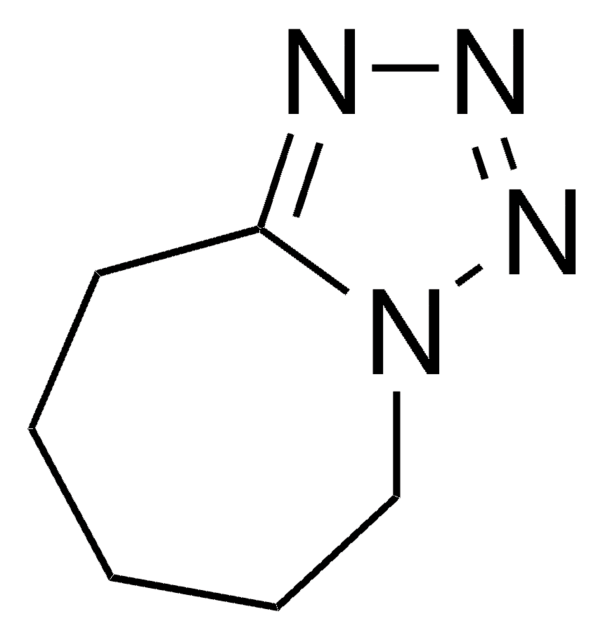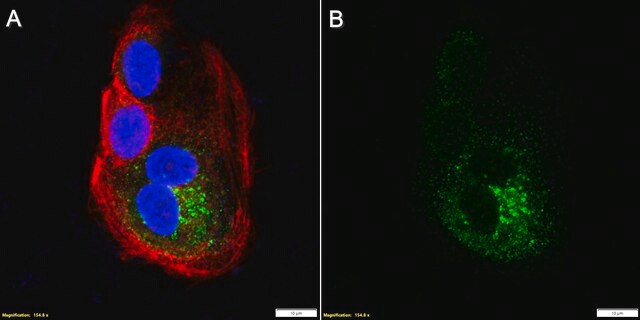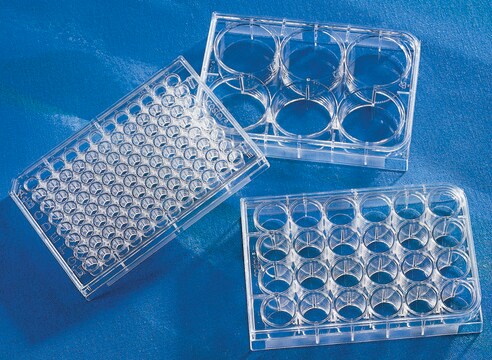MABF2107
Anti-Chlamydial LPS Antibody, clone EVI-H1
clone EVI-H1, from mouse
Synonym(s):
Chlamydial lipopolysaccharide, Chlamydia trachomatis LPS
About This Item
ICC
IF
WB
immunocytochemistry: suitable
immunofluorescence: suitable
western blot: suitable
Recommended Products
biological source
mouse
antibody form
purified antibody
antibody product type
primary antibodies
clone
EVI-H1, monoclonal
species reactivity
bacteria
packaging
antibody small pack of 25 μg
technique(s)
electron microscopy: suitable
immunocytochemistry: suitable
immunofluorescence: suitable
western blot: suitable
isotype
IgG2a
target post-translational modification
unmodified
General description
Specificity
Immunogen
Application
Immunocytochemistry Analysis: A representative lot detected Chlamydial LPS in Immunocytochemistry applications (Wolf, K., et. al. (2001). Infect Immun. 69(5):3082-91).
Electron Microscopy Analysis: A representative lot detected Chlamydial LPS with Trasnsmission Electron Microscopy applications (Wolf, K., et. al. (2001). Infect Immun. 69(5):3082-91).
Inflammation & Immunology
Quality
Western Blotting Analysis: 2 µg/mL of this antibody detected Chlamydial LPS in HeLa cells infected with chlamydia trachomatis serovar L2 (LGV 434 L2).
Target description
Physical form
Storage and Stability
Other Notes
Disclaimer
Not finding the right product?
Try our Product Selector Tool.
Certificates of Analysis (COA)
Search for Certificates of Analysis (COA) by entering the products Lot/Batch Number. Lot and Batch Numbers can be found on a product’s label following the words ‘Lot’ or ‘Batch’.
Already Own This Product?
Find documentation for the products that you have recently purchased in the Document Library.
Our team of scientists has experience in all areas of research including Life Science, Material Science, Chemical Synthesis, Chromatography, Analytical and many others.
Contact Technical Service




